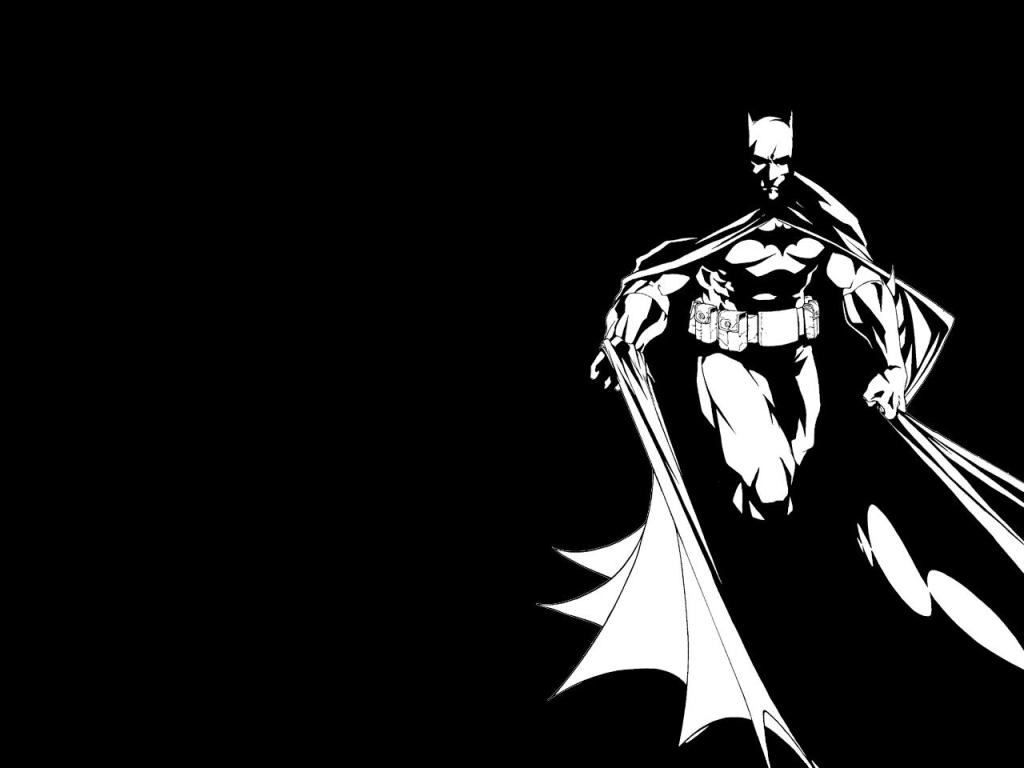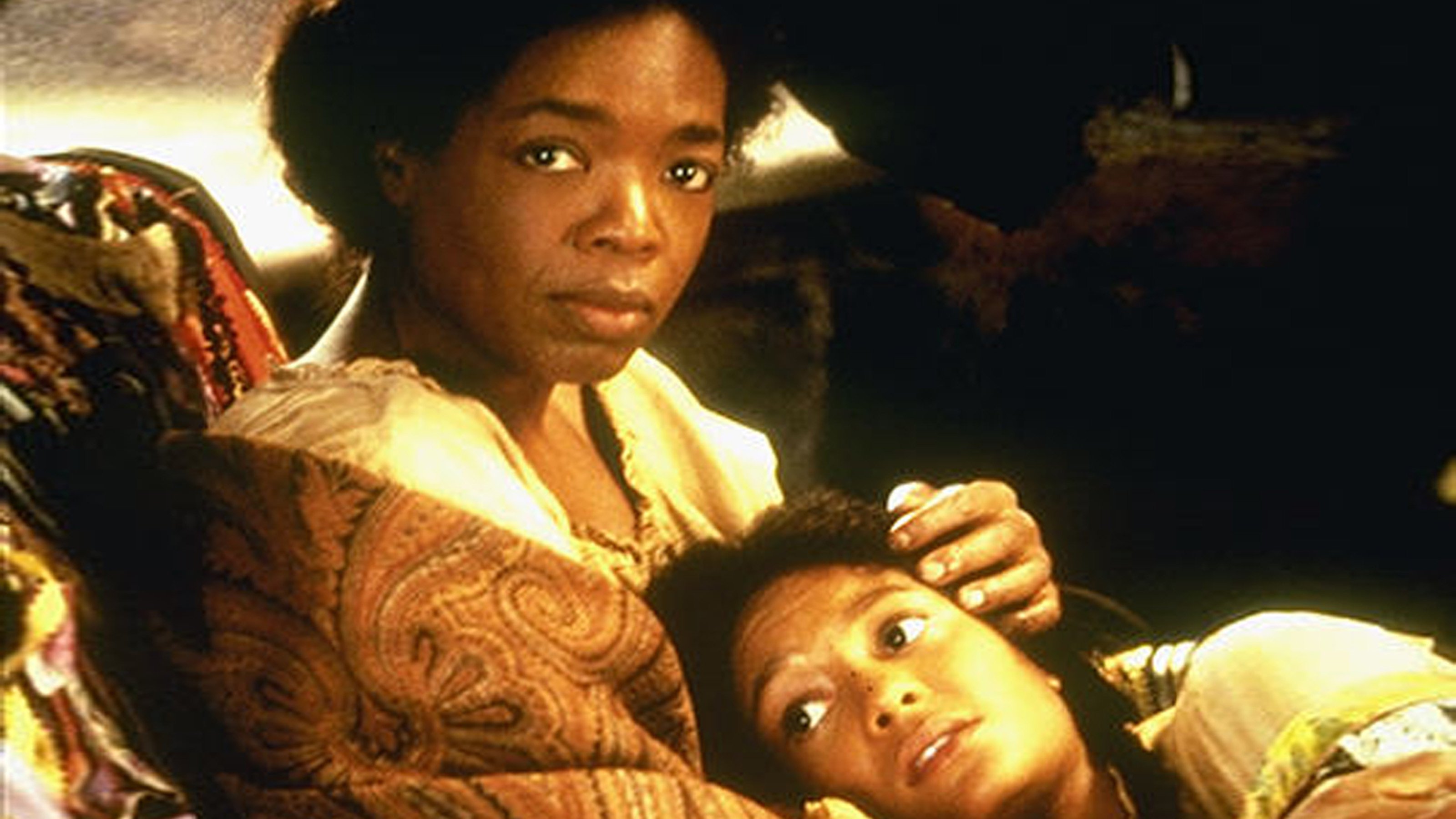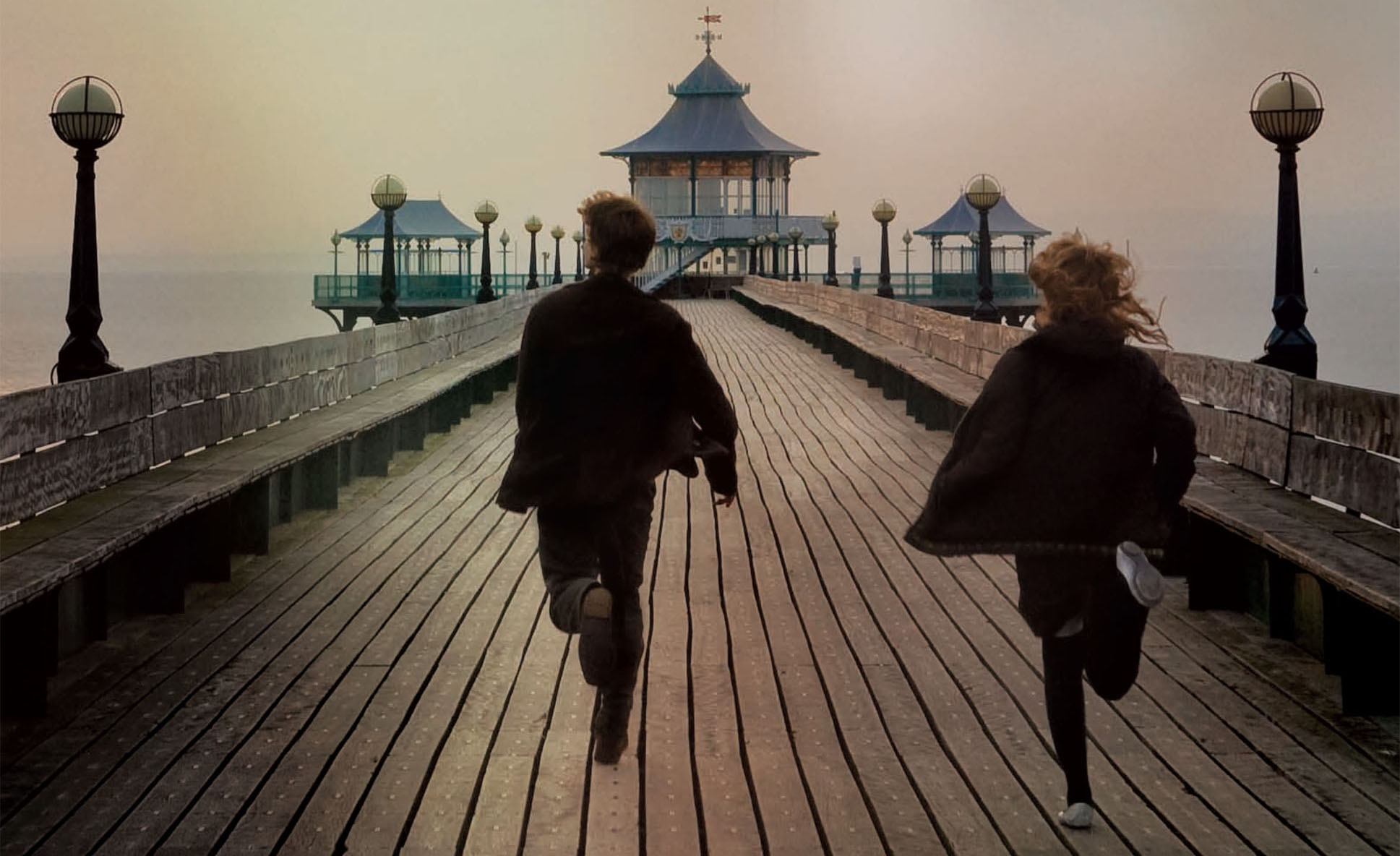Eliza McNair's WRIT 135 Portfolio:
Living in the Age of the Antihero, Fall 2014
a portfolio of:
thoughts,
analysis,
notes,
etc.
Dear Reader,
This collection of blog posts and essays documents my changing understanding of antiheroes as this semester progressed. When classes started this past September, my view of antiheroes was limited to reflections on my favorite Marvel characters and Disney’s infamous Captain Jack Sparrow. Reading through the syllabus, I thought that my favorite texts and media from the class would be Frank Miller’s Batman and Joss Whedon’s Buffy both because they were familiar and because they seemed to have obvious antiheroic characters. As I reread my work from the semester while putting this portfolio together, though, I realized that the texts I found most compelling, the books that are now filled with black pen notes and dog-eared pages, were those that necessitated more discussion because their antiheroic protagonists were harder to identify.
Each of my blog posts is a prepared response to the text we were covering in class at the time it was written. At the beginning of the semester, I wrote what I knew. I could speak confidently about art, so, when we were assigned to analyze an element of either John Milton’s Paradise Lost or Neal Gaiman’s A Hope in Hell, I looked primarily at the graphic elements of Gaiman’s work. By the end of the semester, though, after we had struggled to decide whether Mersault, Sethe, and Kathy, the protagonists of The Outsider, Beloved, and Never Let Me Go, should be classified as antiheroes and why, I also began explore more open-ended topics. Most especially, though, I began to write about where antiheroes can be found in my own life. If the lines between hero and villain were so severely blurred in fiction that more characters resembled antiheroes than either of the extremes, I thought, how could they not in life?
As you peruse my work and come to see antiheroes in fiction and in life from my perspective, developing an understanding as you move through my thoughts about the various texts and media, I challenge you to answer the same questions I did through my work this semester:
What is an antihero? Who are antiheroes in life? And where are you in your answer?
My Blog posts and Accompanying CSS:
| Blog post Title, Author, and Book: | Links for Blog posts: | Links for Stylesheets: |
|---|---|---|
|
A Hope in Hell?: |
||
|
An Age of Heroes, An Age of Villains: |
||
|
Tender Indifference: |
||
|
Time and Shadows, Forwards Backwards: |
||
|
Speculation, Dystopica, and The Dead Poets Society: |
Writing Assignments:
| Description of Assignment: | Links for Sample Assignments: |
|---|---|
|
Assignment #1: Visual or Literary Analysis Paper (4-5 pages) |
|
|
Assignment #2: Literature Review (4-5 pages) |
From Brombert, Scherr, and Camus – Analyzing The Outsider using its Triangular Character Structure |
|
Assignment #3: Research Paper (6-8 pages) |
|
|
Assignment #4: A “Zine” (6 double-page spreads; with literary and visual elements) |
Triquetra - Formatted Indesign Version and Indesign, HTML Exported Version |
|
Reflection (a curated collection of your work, with introductory and concluding remarks reflecting on individual projects, and the process of invention and revision) |
In Conclusion,
Of all the various themes, concepts, and controversial issues we explored in this class, the topic that I believe was most important topic stems from two of the first texts we studied, Milton’s Paradise Lost and Gaiman’s The Sandman: Preludes and Nocturnes, as well as the first poem in Lucille Clifton’s eight poem series "brothers". All three texts deal with Lucifer and his infamous fall from grace, as well as, to varying degrees, the complex relationship between Lucifer and God.
In Paradise Lost, we know Lucifer only as Satan and are privy to his thoughts as he readies the demons and ex-deities who occupy Hell for his campaign to overturn God as the ruler of Heaven. In “Book 1”, Satan notes that it is “better to reign in hell, than serve in heaven” (II.262-3), furthering the implication that God is tyrant and Satan the misunderstood revolutionary. In Gaiman’s The Sandman: Seasons of Mists, however, we see a Lucifer as more resigned than angry. Instead of continuing his own imprisonment in Hell, he sets himself free from his own, self-enforced perdition by closing Hell and giving its key to Dream, the Sandman himself. Lastly, in Lucille Clifton’s poem “brothers”, we hear from Lucifer as he and God retire in Heaven and remember the age of men. The poem ends with Lucifer asserting that he and God are “like two old brothers/ who watched it happen and wondered/ what it meant” (II. 14-16). Though each author portrayed Lucifer in a different place emotionally following his fall – chronologically: Milton, Gaiman, and then Clifton – I believe that, together, the three narratives ask the same question: was Lucifer forgiven?
When we first read and discussed Paradise Lost in class this semester, we spoke about theodicy, about heroic evil, about tyrannical heaven, and about whether or not Lucifer was always destined to fall. After spending the rest of the semester paging through novels; analyzing television programs; annotating literary criticism; and, most of the time, paraphrasing Brombert’s Unheroic Modes in my essays, I believe that, whether driven by free will or destiny, Lucifer’s fall is unsurprising. I’ve stated in my Zine and in my essay about Being Human that I believe to be human is to be an antihero, and that to be an antihero is to fail and succeed is flux. Using my definition for antiheroism, then, Lucifer was certainly an antihero. He fell and succumbed to darkness, as shown my Milton; forgave himself and abandoned Hell, as depicted by Gaiman; and reunited with God in Heaven, as described by Clifton. Therefore, his fall was natural, but so was his eventual redemption. While I understand these are my interpretations of the texts and cannot be treated as fact, I think that from these interpretations comes both a consolation and a warning.
Lucifer’s role in the original sin, his subsequent fall, and his transition beyond these mistakes as described by Gaiman and Clifton demonstrate the immutable reality of failure and revival in a human life. This is the consolation. To convey the warning, I borrow the words of Mark Twain:
“But who prays for Satan? Who in eighteen centuries has had the common humanity to pray for the one sinner who needed it most?”
As a species, as humans, I think we must take from these three stories of Lucifer the importance forgiving others their sins, and the importance of forgiving ourselves our sins. As humans, as antiheroes, I think giving and receiving acceptance, forgiveness, and affirmation is essential for achieving a compassionate and coexistent society.
Thanks,
Eliza D McNair
Photo Citations:
Visit this link to see my photo citations.




